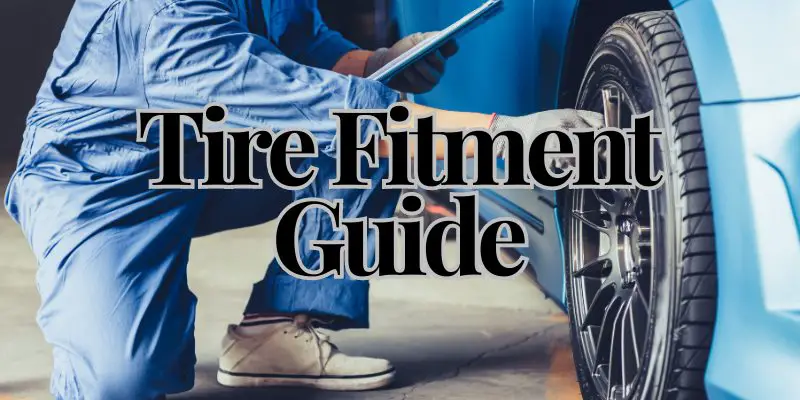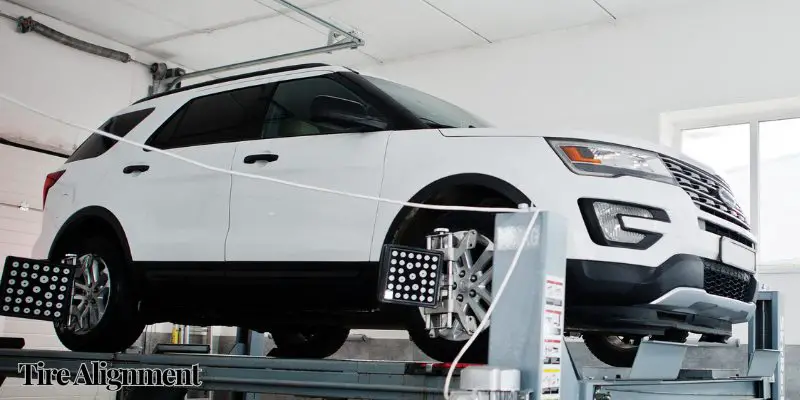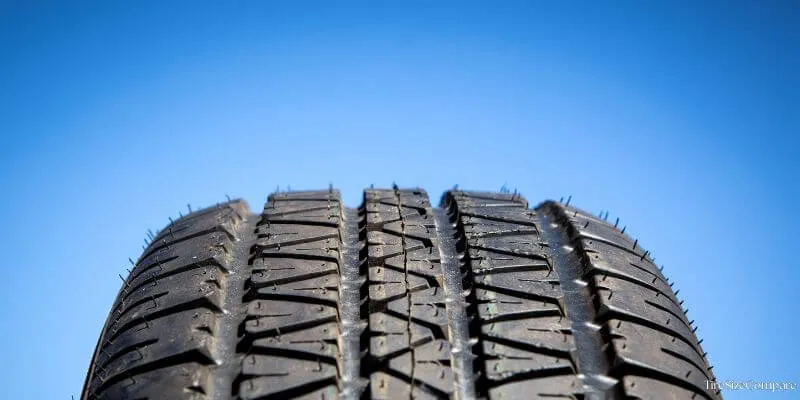Tire Fitment Guide

A tire fitment guide helps you choose the right tires for your vehicle, ensuring proper fit and performance. It includes information about tire size, width, and compatibility with your car’s specifications. Following a tire fitment guide can improve safety, handling, and fuel efficiency.
Understanding Tire Sizes
The first step in finding the right tires is decoding the numbers and letters on your current tires’ sidewalls. This alphanumeric code contains crucial information about the tire’s size and capabilities. Let’s break it down the tire size sidewall P215/65R16 95H
- P: Passenger vehicle tire
- 215: Width of the tire in millimeters
- 65: Aspect ratio (height of the sidewall as a percentage of the width)
- R: Radial construction
- 16: Wheel diameter in inches
- 95: Load index
- H: Speed rating
Width is important for traction and handling, while the aspect ratio affects ride comfort and performance. The wheel diameter must match your vehicle’s rims.

Why Proper Fitment Matters
- Safety: Properly fitting tires ensure your car handles well and stops effectively. Mismatched tires can lead to uneven wear, reduced traction, and even blowouts.
- Performance: The right tires enhance your car’s performance, providing better grip, handling, and stability. This is especially important for high-performance vehicles or when driving in challenging conditions like rain or snow.
- Fuel Efficiency: Correctly fitted tires can also improve your car’s fuel efficiency. Tires that are too wide or too narrow for your vehicle can increase rolling resistance, making your engine work harder and consume more fuel.
How to Use a Tire Fitment Guide
Using a tire fitment guide involves checking your car’s manual, looking at the tire placard on your door jamb, or consulting with a tire professional. Here’s a step-by-step process:
- Check Your Car’s Manual: Your vehicle’s manual will provide recommended tire sizes and specifications. This is the most reliable source for tire fitment information.
- Inspect the Tire Placard: Most cars have a tire placard located on the driver’s side door jamb. This placard includes vital information about tire size, pressure, and load rating.
- Consult a Professional: If you’re unsure, visit a tire shop or consult with a professional. They can provide expert advice and help you choose the right tires for your vehicle.

Common Fitment Mistakes
- Ignoring Load Ratings: Each tire has a load rating, which indicates the maximum weight it can support. Using tires with the wrong load rating can lead to premature wear or even tire failure.
- Overlooking Speed Ratings: The speed rating indicates the maximum speed a tire can safely maintain. Mismatched speed ratings can affect your car’s handling and safety at high speeds.
- Not Considering Tire Pressure: Proper tire pressure is crucial for safety and performance. Always check and maintain the recommended tire pressure for your vehicle.
Benefits of Proper Tire Fitment
- Enhanced Safety: Properly fitted tires reduce the risk of blowouts and improve overall vehicle stability.
- Improved Performance: The right tires offer better grip, handling, and braking performance.
- Longer Tire Life: Correctly fitted tires wear more evenly, extending their lifespan and saving you money in the long run.
- Better Fuel Efficiency: Proper fitment reduces rolling resistance, helping your car achieve better fuel economy.
Relatable Examples
Imagine wearing shoes that are too small or too big. Walking would be uncomfortable, and you might even trip or injure yourself.
Similarly, tires that don’t fit your car properly can lead to a rough ride, poor handling, and safety risks.
What Happens if I Use the Wrong Tire Size on My Car?
Using the wrong tire size can lead to poor handling, uneven tire wear, reduced fuel efficiency, and safety risks such as blowouts.
How Do I Find the Recommended Tire Size for My Vehicle?
You can find the recommended tire size in your car’s manual, on the tire placard located on the driver’s side door jamb, or by consulting with a tire professional.
Can I Use a Different Aspect Ratio Than the One Recommended?
It’s best to stick with the recommended aspect ratio to ensure proper handling and performance. Changing the aspect ratio can affect ride comfort and handling characteristics.
What is a Load Rating, and Why is It Important?
The load rating indicates the maximum weight a tire can support. Using tires with the wrong load rating can lead to premature wear or tire failure.
How Often Should I Check My Tire Pressure?
You should check your tire pressure at least once a month and before long trips to ensure they are properly inflated for optimal performance and safety.
Do I Need to Replace All Four Tires at the Same Time?
It’s recommended to replace all four tires at the same time for even wear and consistent performance. If you only replace one or two, try to match the new tires to the existing ones as closely as possible.
Conclusion
A tire fitment guide is like a recipe for your car’s tires, ensuring they fit perfectly and work well with your vehicle.
By understanding tire size, width, aspect ratio, and diameter, you can choose the right tires for your car. Proper fitment improves safety, performance, and fuel efficiency, making your driving experience smoother and more enjoyable.



